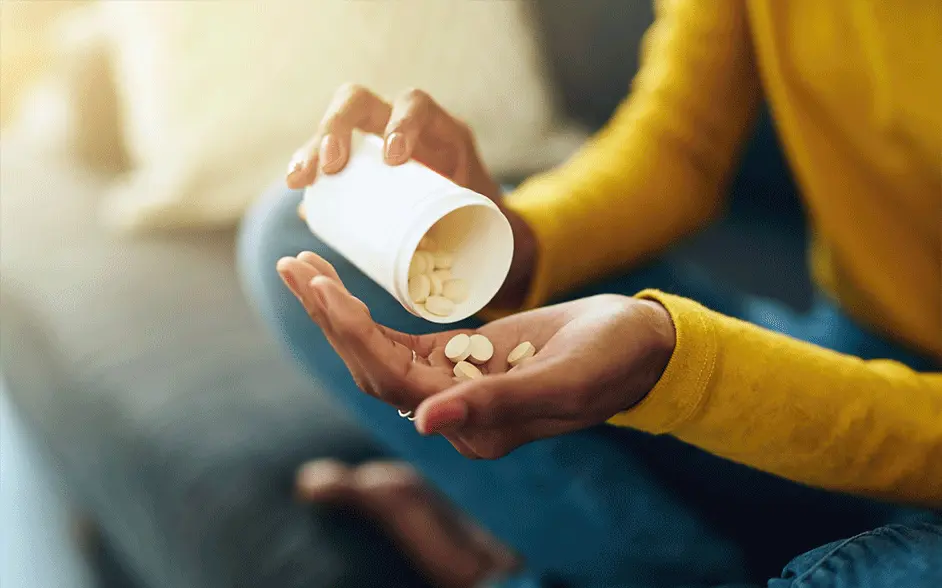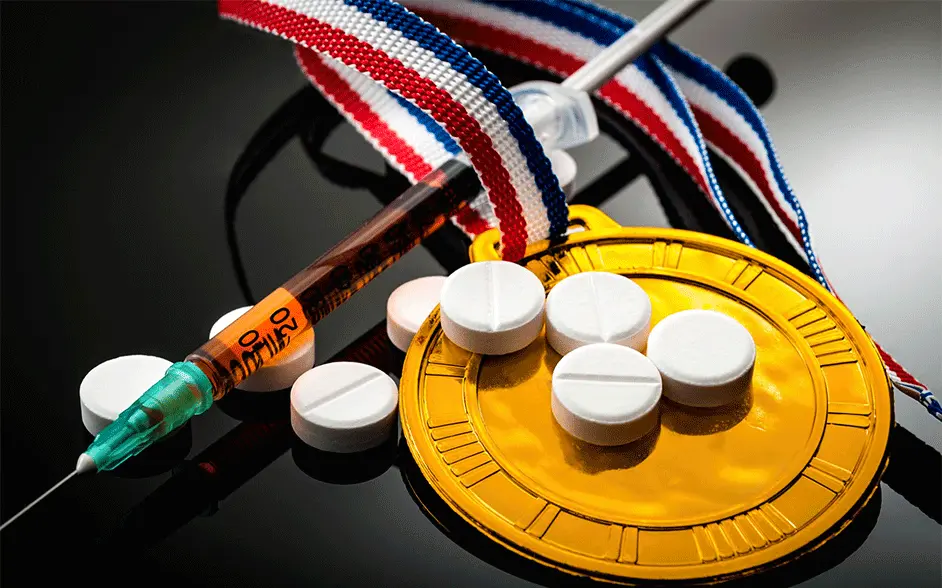- Mumbai, New Delhi, Bangalore
- (+91) 81518 30000
- WhatsApp Now
- contact@vedawellnessworld.com
Substance abuse is a serious, often hidden problem in the world of sports. These athletes are celebrated for their extraordinary abilities and seemingly invincible strength. Yet pressures that most people can’t even imagine face these athletes, many of whom secretly battle addiction behind their powerful performances. It can be painkillers, steroids, etc; it can happen to anyone regardless of how great a player he or she is, at any given time during his or her career. Professional sports are a physically and mentally demanding place, where substance use might be seen as the only answer, and hence create cycles of dependence that are impossible to break out of.
Athletes often get themselves to their limits. One is expected to perform at one’s best daily, regardless of physical pain or injuries and even mental exhaustion. The pressure of continuing to train, to heal fast, and to be on top is pushing them to consume substances like painkillers or performance-enhancing drugs (PEDs). Whether it’s quick recovery, boost in energy, or better performance, the promise is relief or improvement. For most of the athletes, the temptation becomes too great and they turn to these substances which lead to addiction.
What is so particularly problematic about this situation is that it is usually well hidden. People watch the greatest athletes at the top of their game, enjoying the victories and the record books, but nobody sees the secret battles that so many of those athletes are enduring behind closed doors. They have to not only maintain their bodies but also maintain the emotional fallout of a career in professional athletics. To them, drugs and alcohol become ways of coping, which unfortunately does lead into addiction, so they end up making their problems worse.
 The incidence of substance abuse among professional athletes has been increasingly on the rise over the years. Painkillers are mostly misused; more so opioids are commonly prescribed for the treatment of injuries among athletes.
The incidence of substance abuse among professional athletes has been increasingly on the rise over the years. Painkillers are mostly misused; more so opioids are commonly prescribed for the treatment of injuries among athletes.
Although they may reduce the pain for some time, the problem of addiction arises with this medicine, especially when the athlete is frequently under physical stress and injury. Athletes get tempted by the use of painkillers, which may include those used in controlling pain caused by repetitive motions, high-impact activities, and constant training. This will lead to addiction and unhealthy consequences on their bodies, both physical and mental.
Performance-enhancing drugs, such as anabolic steroids, are also a significant problem, aside from painkillers. In sports where winning may be determined by a fraction of a second or an extra pound or two of muscle, the temptation to use steroids or other PEDs is overwhelming. Such substances may give some muscle mass to the athletes, help in faster recovery time, or better endurance. However, the side effects are rather serious from hormonal imbalances to liver damage, heart problems, and psychological issues such as aggression and depression. These substances may give a temporary thrust but long-term consequences that derail the athlete’s career and health.
Besides the physical price, the psychological and emotional strains of being an athlete are at least as formidable. The continuous limelight of attention, competition pressure, and fear of loss of one’s livelihood can be overwhelming. Substances may become the way to mute those emotions or to escape from the pressure to succeed. It only digs one deeper into addiction and makes the escape more elusive.
 In the world of professional sports, vulnerability is often seen as a weakness. They are supposed to be tough and strong. It may sometimes act as a stigma that does not allow the involvement of athletes seeking medical support towards addiction. They fear that it may damage their reputation or jeopardize their career.
In the world of professional sports, vulnerability is often seen as a weakness. They are supposed to be tough and strong. It may sometimes act as a stigma that does not allow the involvement of athletes seeking medical support towards addiction. They fear that it may damage their reputation or jeopardize their career.
This stigma often keeps athletes from acknowledging that they need help, which can delay treatment and make the problem worse. Addiction is seen by many as a moral failure or a weakness of character, but it’s important to recognize it as a medical condition.
To assist the athlete in a more effective way, there is a need for a change in culture that must shift the perception of addiction within sports. Addiction should be considered a health problem rather than personal failure. Athletes deserve support and treatment with compassion. There must be rehabilitation programs suited to their specific needs. These specialized centers such as veda rehabilitation and wellness center understand the challenges athletes face and provide the care and resources they need to recover both physically and mentally. Rehabilitation for the athlete is about addiction treatment as well as about mental health treatment. Rehabilitation centers provide a judgement-free space wherein athletes can speak freely about their struggles
 Breaking the stigma around addiction in the sports world is one of the most important steps toward helping athletes. It can be a very counterintuitive scenario because the toughness culture and the pressure for perfection can make someone unable to admit that they need help. A more positive approach of being supportive and empathetic will be necessary to create a healthier environment for athletes. Addiction should be viewed as a disease and not a sign of weakness. Therefore, the sporting fraternity must make available to them all the resources they require to access such treatment with confidentiality.
Breaking the stigma around addiction in the sports world is one of the most important steps toward helping athletes. It can be a very counterintuitive scenario because the toughness culture and the pressure for perfection can make someone unable to admit that they need help. A more positive approach of being supportive and empathetic will be necessary to create a healthier environment for athletes. Addiction should be viewed as a disease and not a sign of weakness. Therefore, the sporting fraternity must make available to them all the resources they require to access such treatment with confidentiality.
By supporting athletes through their struggles and encouraging open conversations about mental health and addiction, we can help break the silence and provide athletes with the understanding they need to seek help.
Conclusion
The concern about substance abuse among professional athletes is growing, but it’s not an issue without hope. The right support, care, and understanding will help athletes overcome addiction and take control of their lives and careers again. By acknowledging and addressing these different pressures they experience, granting them access to the specific rehabilitation programs they may require, and actively working against stigma, we are creating a better environment for our athletes. An athlete can walk out of that struggle, strong and healthier, ready to return to perform their best in not only the physical but the mental and emotional plane as well.
